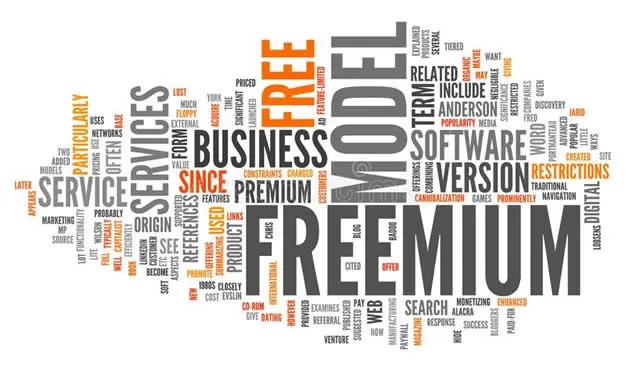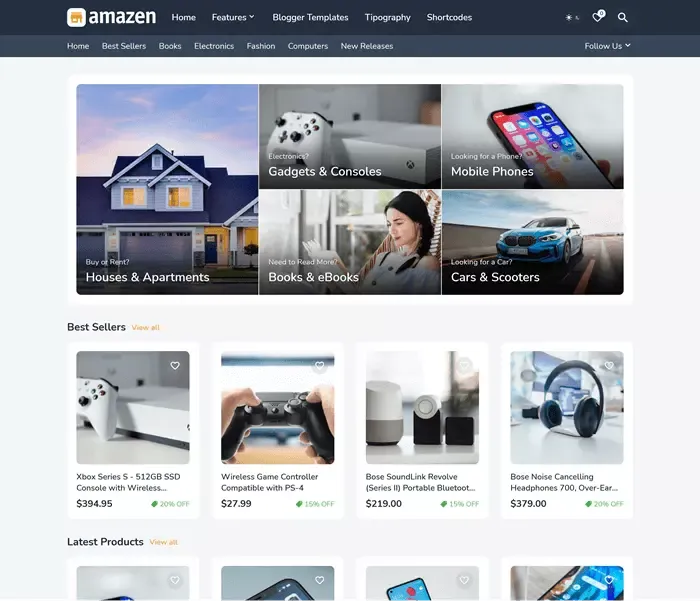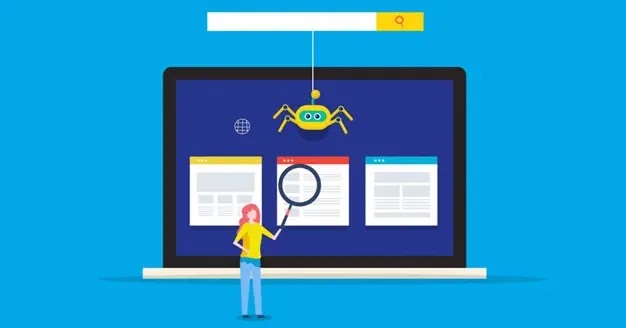Freemium Business Model - Guide
According to research, the freemium business model, i.e. its application,
currently brings 71% of Apple's revenue from the AppStore in the USA. Progress
is obvious compared to 2012 when that number was around 50%, and below we will
introduce you in more detail to the freemium business model.
What is a freemium business model?
Freemium was created by combining the words "free" and "premium." The
offer of the freemium business model is the basic free version, with the
possibility of additional payment to access the premium version. The concepts
of the modern age that initiated and enabled the development of the freemium
business model are the Internet and the
digitalization of services. The Freemium business model is most often
applied to companies that operate on the Internet and in companies engaged in
the development of software applications.
Freemium VS Free trial
As Freemium and Free trial are very similar models, in practice they are
often mixed and it is necessary to emphasize that these two models are
different. The key difference between these two models is that the free trial
provides the possibility to use a partial or complete product for free, but
for a limited time, while the freemium model provides the use of the product
for free, without a time limit.
The reason why many users opt for
the free trial or trial version is access to almost all product features.
However, this access to product features may disappear completely after a
certain time (usually 14 days) if you do not opt for the paid version. On the
other hand, if you opt for the freemium business model, the features available
in the free version will be available to you forever. The premium version only
increases the range. Therefore, it is up to you to assess which option is more
suitable for you and your business.
Advantages and Disadvantages of the Freemium Business Model
The Freemium business model can contribute to building a relationship
between the customer and the company based on trust. This business model can
bring you the following benefits:
1. Winning users
When customers are provided with free use of a product that
contributes to their business in any way, they will not refuse. The mere fact
that this move does not require additional costs will attract a large number
of people. Also, if their use is not limited to a certain period, that is
another positive side.
2. Word of mouth
Sharing
the experience of current users with potential users and the environment is
very important. It is known that users who use the free version are worth up
to 25% more than those who opted for the paid version, due to their product
recommendations.
3. Free (beta) testing
Upgrading
products or services in the form of various improvements is, in this case,
available free of charge. Trying out new ideas that are marketed as part of
the free version of the product provides companies with feedback on their
satisfaction and usability.
We need to always look at things from
two angles. After the good sides of the business model, below we will talk
about the disadvantages:
1. Low conversion rate
Conversion or switching from the free
to the user who uses the paid version is one of the main problems when it
comes to the freemium business model. When you find yourself in such a
situation, you need to ask yourself how you will motivate your users to opt
for the premium version of the product. For that reason, it is necessary to
precisely choose the functions that are available in the free version. Such a
restriction, more precisely the inability to access functions that are
exclusively part of the paid version, should turn users into those that bring
profit to the company.
2. A large number of functions
The next drawback, very similar to the previous one, is exactly
the mistake that companies make when selecting features that are part of the
free version. So, if very valuable features are available to free users, they
will never need to opt for a premium version of the product. This brings us
directly back to the reasons why it is very difficult for a company to convert
its customers into paid ones, which is explained in more detail in the
previous point.
What you need to pay attention to
What you need to pay attention to, properly implement, and maintain a
freemium business model is:
1. Quality of free and premium offers
For anyone to successfully apply the freemium business model, it
is necessary to maintain the quality of the offer at the same level as the
competition. Also, it is desirable to precisely define which functionalities
are part of the free version and which are part of the premium version.
2. User significance
Regardless of the industry or activity, the understanding of
users or customers is a line of thinking that can set the company apart from
competitors. Companies that apply the freemium business model in their
business must take into account the data they collect from users, use it in
the right way and adjust their premium offers based on it.
3. Costs
We need to be aware of the fact that users of the free version of
the freemium business model do not bring direct income.
4. New technologies
Successful companies that are already implementing the freemium
business model are constantly looking for new opportunities. To keep up with
the times, investing in modern technologies that fully follow modern ways of
doing business is a good decision.
Examples of companies using the freemium business model
Canva
Canva is a platform that offers the creation of
visual content such as presentations, posters, logos, reports, LinkedIn,
Facebook, and Instagram posts. Use of the platform is free, while there are,
paid versions of Canva Pro and Canva for Enterprise with additional
functionality.
Canva Pro makes it easy for teams to create
professional designs, priced at $ 119.99 (1 - 5 people per team) per year.
While, Canva For Enterprise allows you to create original content, such as
brochures and announcements for various events for $ 30 (1 - 5 people per
team) per month.
LinkedIn
LinkedIn is a business
social network that allows users to present themselves on their profile, share
experiences, share interesting content, find a job faster, and get in touch
with employers. Connecting with other people and companies that are close to
us and our interests through this application is made as easy as possible.
With over 830 million users worldwide, LinkedIn also offers its
premium version. This version consists of additional features such as more
detailed information about profiles, interested job candidates, and the status
of potential candidates. The price is $ 29.99 per month.
Dropbox
Dropbox is an application for free storage and sharing of data in
the cloud. The ability to invite friends to start using this app has
contributed to an increase in the number of users. Use is divided into two
categories, industry (education, retail, technology…) and personal use
(individually, freelancers, teams, companies).
Depending on that,
the functionalities and the price change. Payment of the premium version is
possible on a monthly or annual basis. Every month, prices range from $ 9.99
to $ 16.58 depending on the package you choose.
MailChimp
By using freemium instead of the premium business model,
MailChimp has won a large number of new users. MailChimp enables the creation
of branded e-mails, homepages, scheduling appointments on websites, and all
this with the help of creative tools. It is suitable for use by agencies,
freelancers, startups, mobile and web applications, e-commerce, and retail.
The free version provides basic functionality, while the price of the premium
version ranges from $ 11 to $ 299 per month. The paid version provides CRM
marketing, email support, cover page templates, email templates, and more.
Conclusion
In the business world, there is a constant struggle for survival and
competition with the competition. It is very challenging to provide a quality
product while meeting all the needs of the users.
For you to
succeed on that path, you need to constantly improve your business and be up
to date with the changes that are happening in the market. Remember that time
passes and technology advances while you stand still.
Your main
competitors may have ideas that will turn everything upside down. For that
reason, if you think that the freemium business model is adequate for the
business and the industry you are in, go to the point, and react immediately
with a detailed analysis and prior planning of activities.







